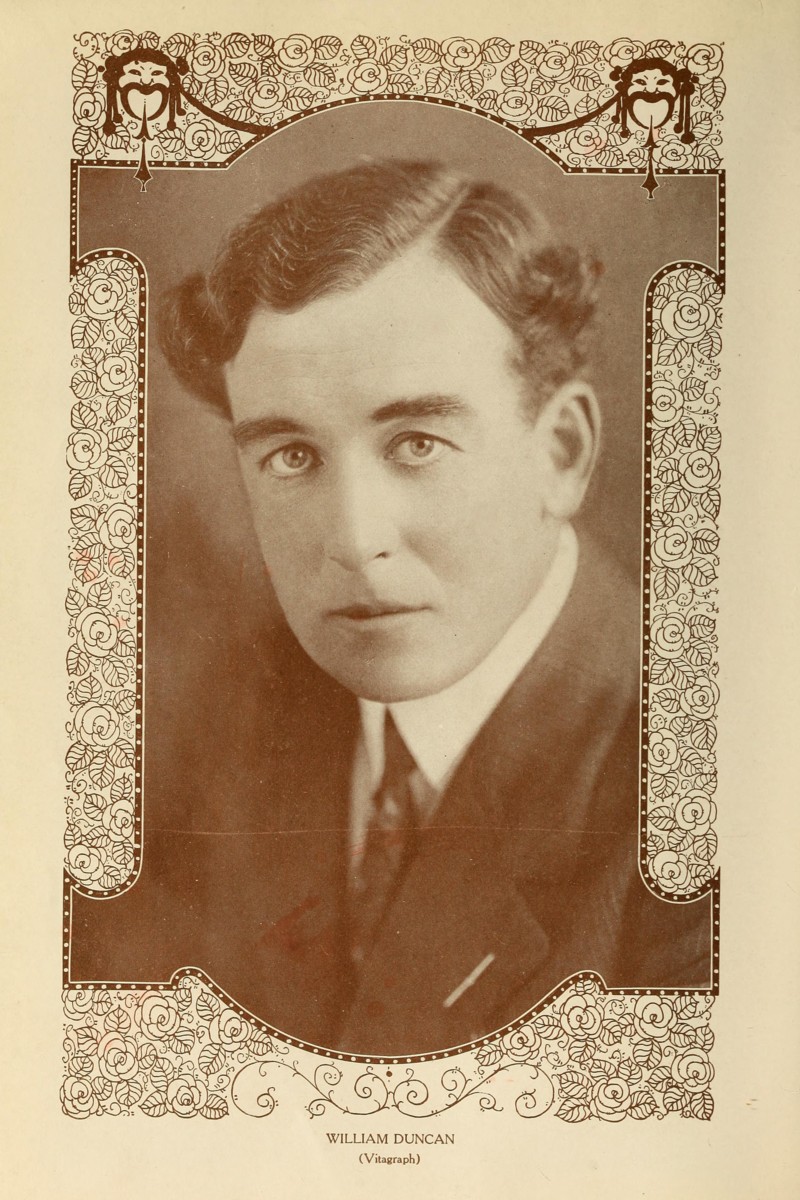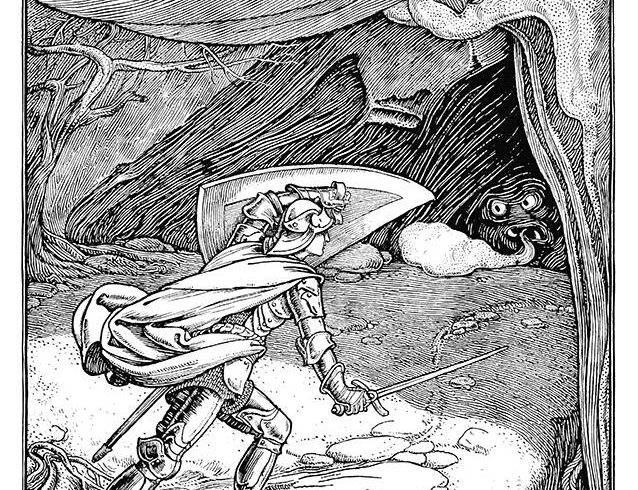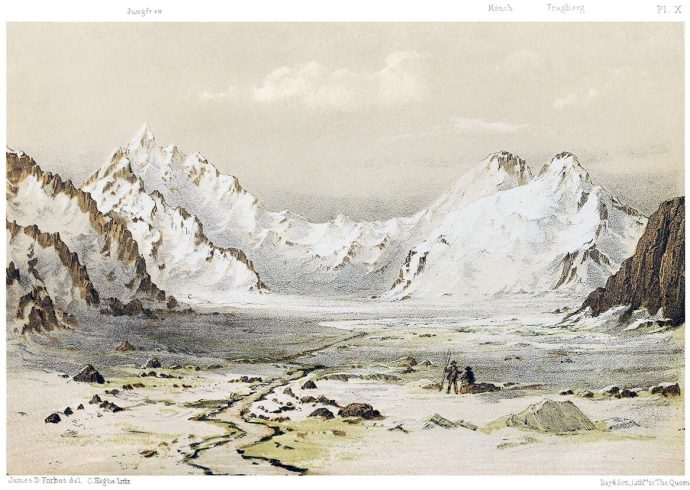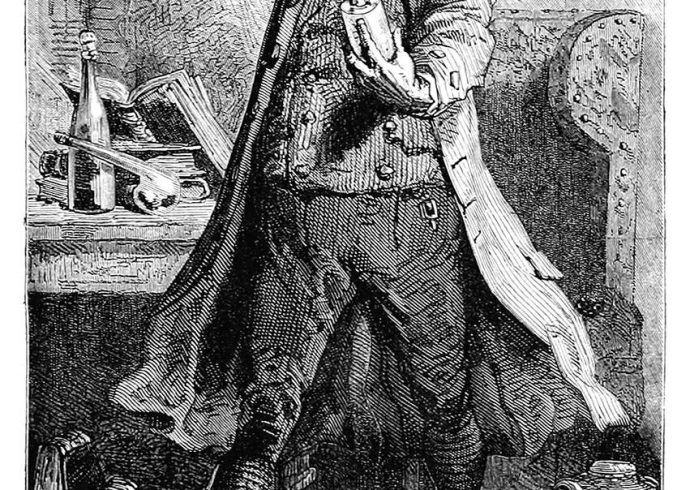
William Duncan, Silent Film Serial Action Star
William Duncan was more than a silent film serial action actor: he was a silent film director and scriptwriter, often appearing in the movies he directed, and all-around athlete. Born on December 16, 1879 in Dundee, Scotland, William arrived in the United States at the age of 10 with his parents. Educated in American schools, he excelled at sports, particularly boxing and wrestling. He was also an excellent swimmer and horseman. Standing 5’10” tall, 180 pounds with dark brown hair and dark blue eyes, it was Duncan’s athletic talents that led him to become a stage actor, then finally a silent film actor. Duncan established his own fitness school, instructing members in athletics.
During his early adult years, Duncan was the boxing and wrestling partner of Eugen Sandow, then known as the world-famous bodybuilder and showman of the early 1900’s. It was not long before he joined the Forepaugh theatre stock company in Philadelphia as a leading man. William was finally prompted to start his own stock company, which he did, and toured the nation for six years. Working out in his gymnasium at home, Duncan exercised regularly to stay in shape for the physically demanding film roles he often took on. He also wrote articles on staying in shape for fitness magazines during his career.
When it came to his acting career, Duncan was known for his likeable personality, and loved filming thrill-seeking performances – and actually performing them, whether it involved scaling a mountain for the first time, or being suspended in mid-air with a rope hanging from his neck, as in the silent film “No Defense” (1921) for Vitagraph. In “The Silent Avenger” (1919), William crosses a burning bridge by car – and by the time he reached the other side, dynamite placed under the bridge exploded. Duncan proved to be an exceptional stuntman, with many on film stunts being dangerous and life-risking.
Duncan’s first film appearance was in “Love and Law” (1909), a Selig Polyscope silent film short. He continued to make a series of film shorts with this production company into the early 1910’s, before he signed a contract with Vitagraph to make a series of silent film shorts which included “Everything Against Him” (1914) and “The Navajo Ring” (1915). The vast majority of silent films from the 1910’s and early 1920’s William appeared in were westerns. “A Romance of the Rio Grande” (1911), “A Cowboy’s Best Girl” (1912), and “An Equine Hero” (1912) were all silent film shorts that he made, but like most of his silent film work, is considered lost.
William Duncan’s first feature length silent film was for Selig Polyscope, “A Motorcycle Adventure” (1912), and throughout the next decade, continued to make both film shorts and feature length films. Among the many film serials Duncan made were: “The Fighting Trail” (1917), “The Man of Might” (1919), “The Silent Avenger” (1920), “The Steel Trail” (1923), “The Fast Express” (1924), and “Wolves of the North” (1924). It was not uncommon for Duncan to receive praise for the film version of many written stories. For example, in “The Fast Express” (1924) for Universal Pictures, the film was based on “Crossed Wires” written by Courtney Ryley Cooper. Cooper viewed the first three chapters, contacted Duncan, and congratulated him for doing justice to his story, according to an article in Universal Weekly, February 9, 1924. With such praise, it is no wonder William Duncan was referred to as the action star of serials.
Because of his popularity, William Duncan became one of the highest paid stars of the silent film era, earning a million dollars a year while under contract with Vitagraph in 1915. William briefly retired from the movie industry in 1925 but returned in 1935 to appear as the character Ben Ide in “Nevada”. With most of his 1930’s film appearances being in the form of supporting roles, Duncan made a total of 172 films. His last film made was “Texas Rangers Ride Again” (1940).
William Duncan was married to his co-star of many silent film serials, Edith Johnson from 1921 to 1961. He died on February 7, 1961 at the age of 81 in Hollywood, California.
Image Credit: Motion Picture Magazine, December 1915. Lantern Media History.


